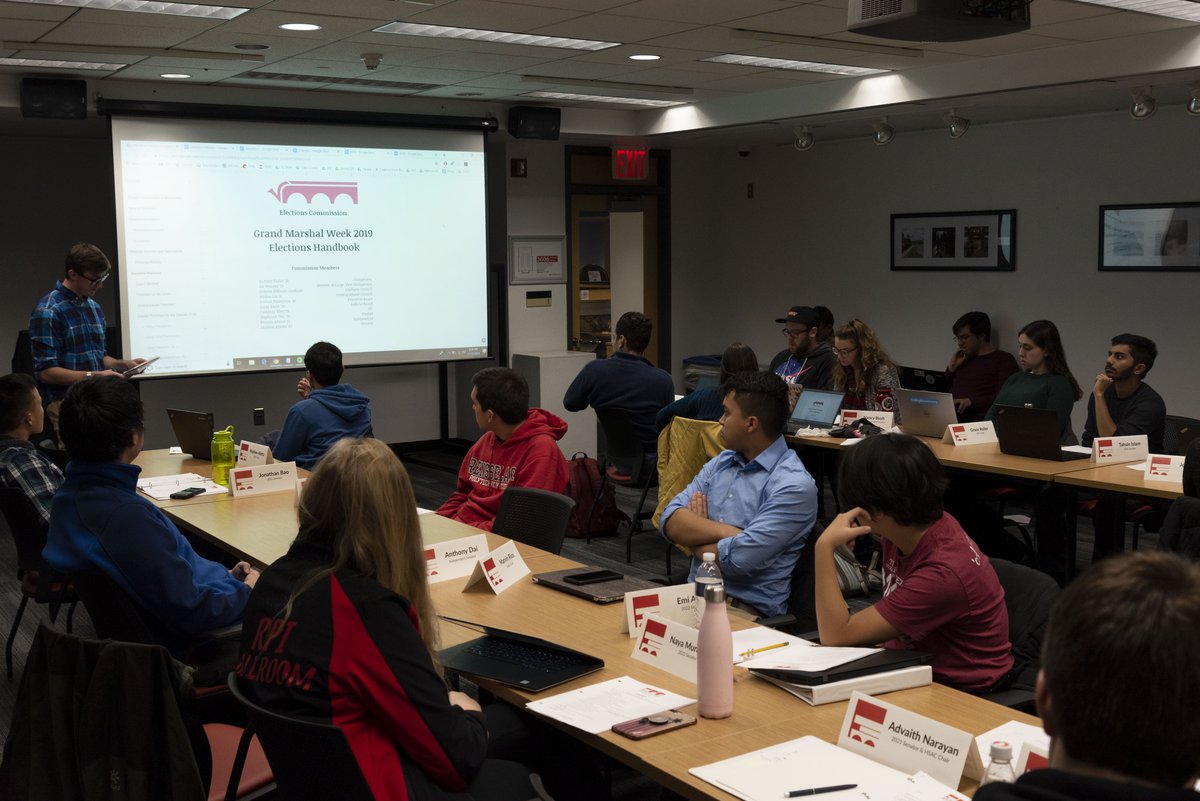The implications of global drought
Water: the essence of all life. Without it, our crops shrivel up, our streets become polluted, and people die from dehydration. Over the last two millennia, humans have become exceedingly efficient at finding it and utilizing it. We extract it from aquifers, rivers, and lakes; purify it; pipe it; and recycle it. Many of our cities are located around it. Most people don’t even give it a second thought, but that will change drastically within the next few decades.
About 71 percent of the earth is covered in water, so what’s the big deal? The issue is that only about 2.5 percent of that water is freshwater and 1 percent is readily drinkable. And most of that water is frozen in polar ice caps.
A sizable portion of our usable water is taken from underground aquifers. According to the National Oceanic and Atmospheric Administration, more than 30 percent of the water which we use is taken from underground aquifers. In Texas, more than 60 percent of the water used is taken from the nine major aquifers in the state. And in Florida—a state which is responsible for 40 percent of the world’s orange juice supply—90 percent of all water comes from aquifers.
The rate at which we have been taking from these aquifers has passed the tipping point of sustainability. According to satellite imagery from NASA, more than a third of the world’s largest aquifers in the largest countries around the world are now running dry as the demand for agriculture and clean drinking water continues to increase. These aquifers are necessary for the survival of over 40 percent of the world’s population. And according to the United Nations Food and Agriculture Organization, global water consumption has gone from 500 square kilometers per year to a whopping 4,500 sq km per year in the last century. According to BBC, cities like São Paulo, Beijing, Moscow, Mexico City, London, Tokyo, Miami, and Los Angeles are likely to run out of drinkable water within the next two decades.
Companies like Goldman Sachs and a myriad of hedge funds have seen this trend and are looking to capitalize: buying up land, water utilities, and companies which are working to find out how to exploit this valuable commodity. In 2010, the United Nations recognized access to clean drinking water as a basic human right. This makes for a frightening dichotomy and possibly lucrative investment. Unlike other commodities, water is necessary for life. If water is a basic human right with a dwindling supply and an ever-increasing demand, but is also privatized and assigned value—you don’t have to be an economist to understand the implications. Poorer members of society will likely bear the brunt of the inevitable increase in water prices, resulting in further loss of agricultural jobs and global dehydration.
Although this is definitely reason for concern, the implicit effect in an increase in the value of clean water could see some potential benefits. If water becomes an increasingly scarce and valuable commodity, then governments might be more incentivized to repair and improve infrastructure around water, doubling down on investments in recycling, retaining, and reducing water waste. This could also become a big area of research. With so much of the world’s water supply effectively unused in the form of ocean water, companies and research centers might start looking at more efficient ways to turn abundant unusable water into drinkable water.
Even though our community is not experiencing the immediate effects of water shortage, I think that it’s important that you start to think about this issue. I believe that it is one of the most pressing and difficult issues which our generation will have to face, as water is such an integral part of life on Earth. If we don’t make some breakthrough in how we are able to create water efficiently or make some drastic policy changes in the next few years, we will likely be looking at a crisis which will push the extremes of poverty and further the disparity between the rich and the poor.

 Student Senate
Student Senate
 Student Senate
Student Senate